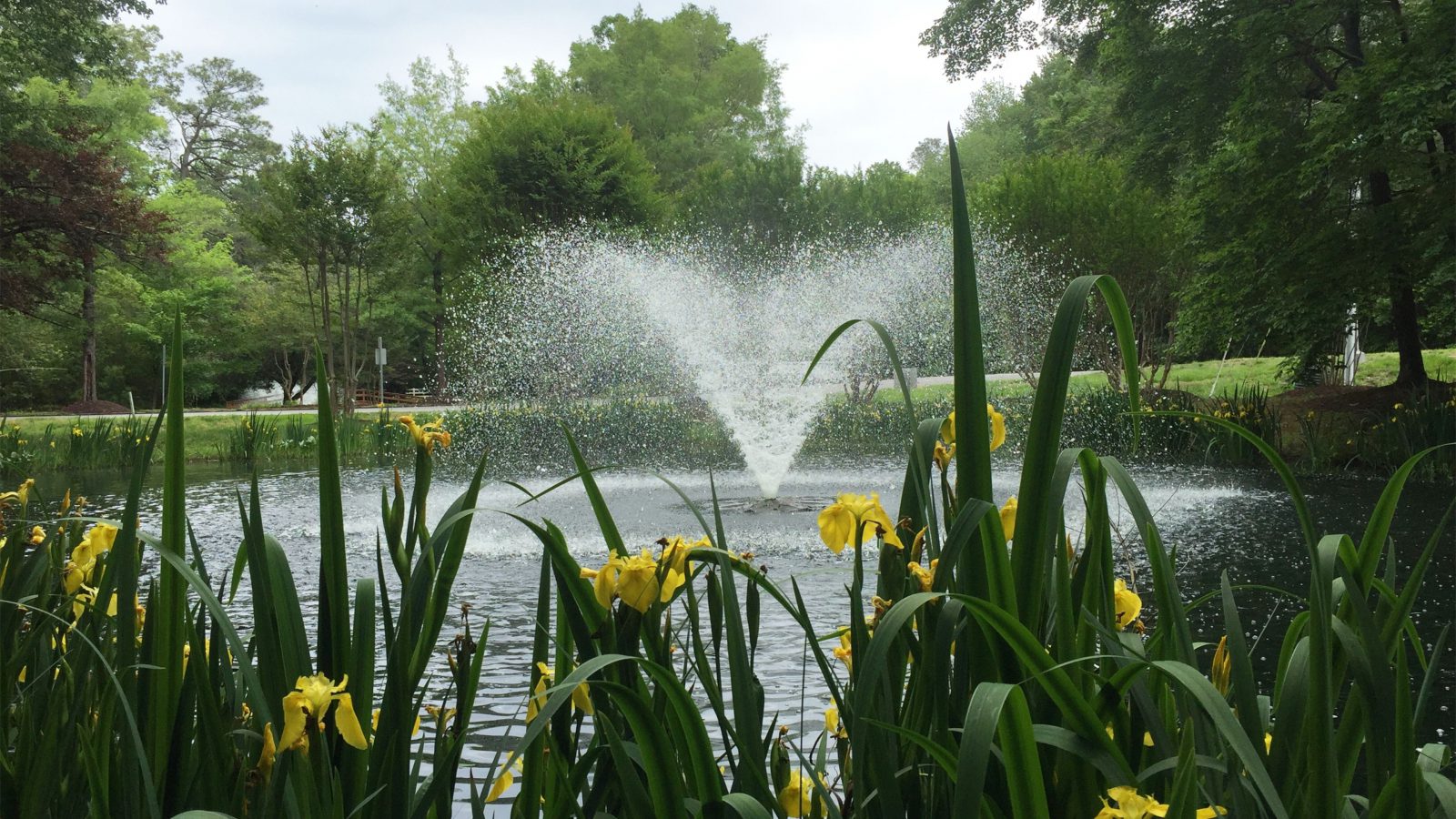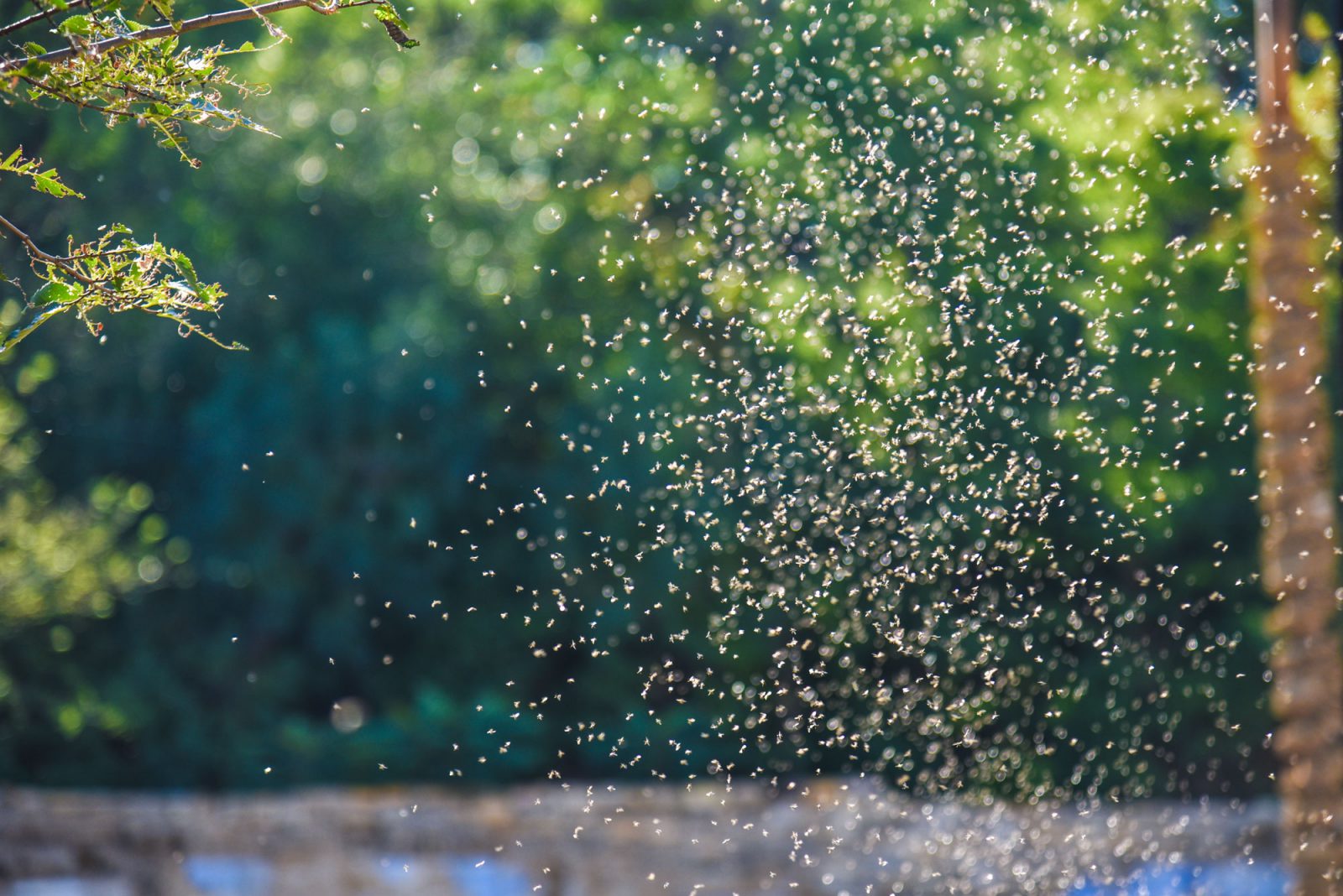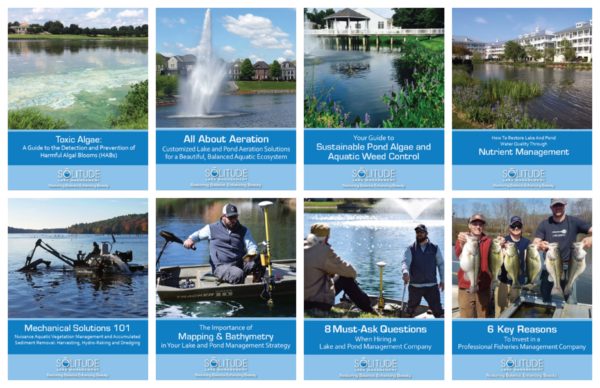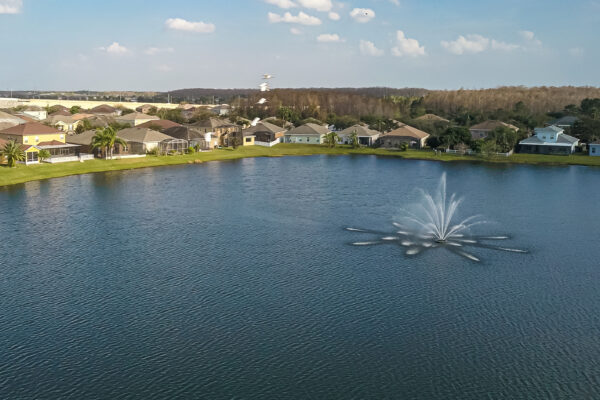
To drastically reduce the ideal environments for mosquitoes to breed and live we recommend the following ecologically sustainable, preventative, and proactive mosquito control measures to homeowners, landowners, homeowner’s associations, golf courses, and municipalities.
“After the wet season that much of the East Coast has experienced this winter and early spring, homeowners and community managers need to take extra care in eliminating or altering all environments that attract mosquitoes for breeding,” said David Beasley, Director of Fisheries Management with SOLitude Lake Management.

Eliminate standing water in artificial containers such as flower pots and buckets
Small containers of stagnant water are the ideal breeding environment for many mosquitoes including the Asian Tiger Mosquito, which is the carrier of the West Nile virus among other diseases. With only a 200-yard flying radius, eliminating their preferred breeding environment can lower infestations in your area.
In larger aquatic environments such as lakes, ponds and stormwater basins, circulate water with aeration
Mosquitoes breed in and prefer to live near warm, stagnant waterbodies. Circulation, through a submersed aerator, surface aerator, or pond fountain, will help eliminate the environment that mosquitoes would consider for breeding.
Stock fish that feed on mosquito larvae in lakes, ponds and stormwater basins
In addition to stocking mosquito fish or fathead minnows annually, many fish species can be recommended by a fisheries professional for your specific state that will naturally feed on the mosquito larvae, and therefore reduce the number of surviving adult mosquitoes.
Plant vegetation that attracts dragonflies
Dragonflies feed on mosquito larvae and also adults. Studies have shown that a single dragonfly can eat thirty to hundreds of mosquitoes a day. Pickerelweed, arrowhead, iris, rush, and sedges are some to consider adding in and around your lake or pond.
Consider adding biological larvicides to lakes, ponds, and stormwater basins
If your mosquito management strategy is not making headway with natural methods, there are biological larvicides formulated from beneficial bacteria, specifically designed for the various habitats that the mosquito larvae inhabit.
To be effective, these larvicides need to be applied anywhere from weekly to monthly, depending on conditions, during the spring and summer. As a result, natural methods like adding aeration and dragonfly-attracting vegetation, as well as stocking certain fish are typically preferred as a more sustainable solution.









